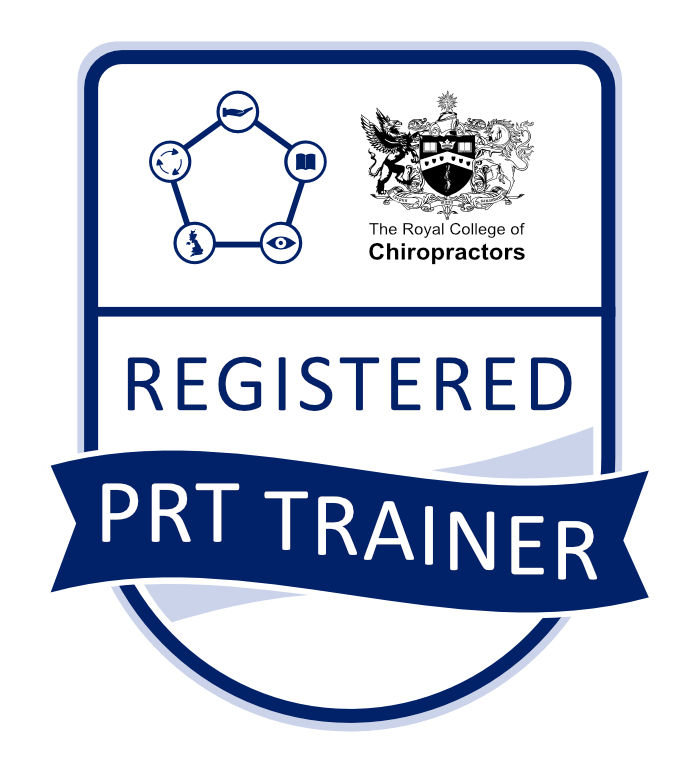The elbow is made up of the humerus, radius and ulnar. It is a hinge joint, it also helps your forearm to rotate. The rotation of your forearms has a special name. Pronation is when your palms turn downward the muscles involved in this are pronator teres and pronator quadratus. Supination is when your palms turn upward the supinator muscle and biceps brachii do this action. When this happens, the bones in the forearm actually rotate to cross one another. A good way to remember which is which is to imagine holding a bowl of soup with both hands. You’ll notice that your hands are supinated!
Most of the muscles that move the hand actually come from the forearm. This is a reason why problems at the elbow can have an effect on your ability to grip and twist with your hands. Elbow problems can even cause a weakness in the forearm muscles.
The two most common elbow complaints in the clinic are tennis elbow and golfers elbow.
Tennis elbow, or lateral epicondylitis, to give it it’s proper name is really an inflammation of the tendons of the muscles which attach to the outside (lateral) part of the elbow (the same side as the thumb). Not many cases of tennis elbow actually involve tennis! In fact these muscles can be irritated by all sorts of repetitive actions involving the wrist, or by a bang or other trauma. Builders, carpenters and other people who work with their hands often develop tennis elbow, as well as knitters and people who do a lot of craft.
Golfer’s elbow, or medial epicondylitis, is the same type of irritation, but affecting the muscles on the inside (medial) side of the elbow (same side as the little finger) Again, these muscles can easily be irritated by overuse, although it is less common than tennis elbow we still see a lot of people with this in the clinic.
Chiropractors are trained specifically to carry out a thorough examination and determine what is causing your problem before starting any treatment with you. We individually tailor a treatment plan according to your needs, age, physical and general health. Typically, treatment may include a range of therapeutic interventions including, but not limited to manipulation, mobilisation, massage and rehabilitative exercises.
There are some lifestyle changes you can make to decrease the likelihood of developing an elbow problem. A focus on correct posture, including using exercises to strengthen the muscles around the elbow will help. It is also important to have your work desk checked so that your work environment is ergonomically sound to prevent injury. If crafting, doing sports or other repetitive actions it is important to stretch and take regular breaks.


